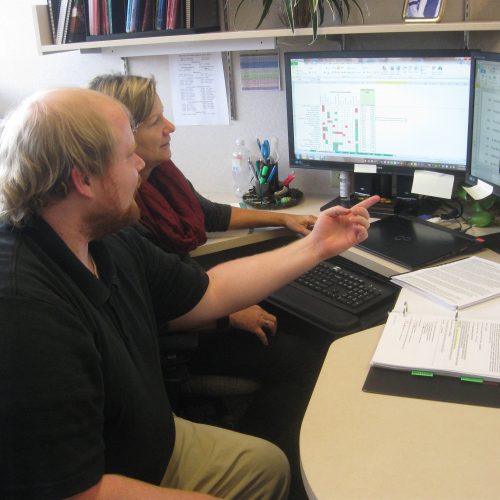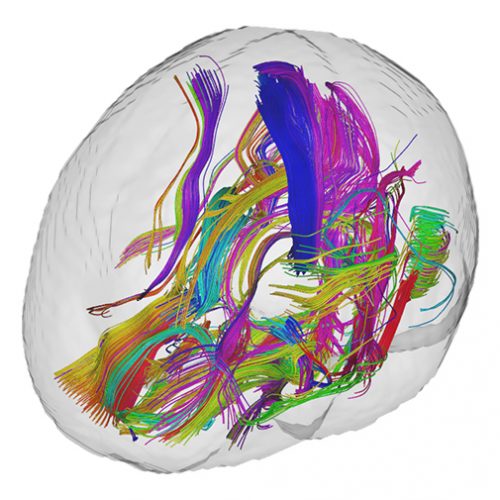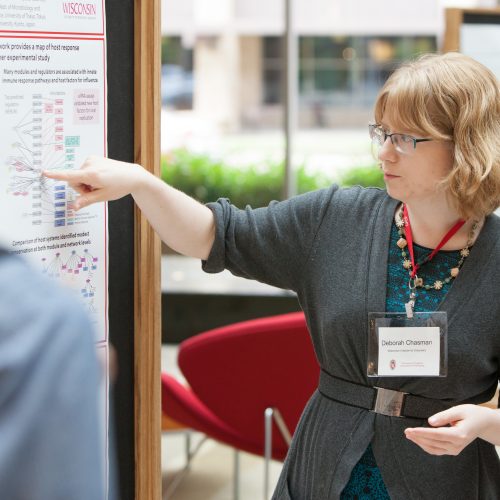EHR-based Phenotyping Project

Neuroimage-based Phenotyping Project

Epigenome-based Phenotyping Project

Transcriptome-based Phenotyping Project

Phenotype Models for Breast Cancer Screening Project

Stochastic Modeling Lab

Low-dimensional Representations Lab

Data Management Lab

Value of Information Lab

Software Engineering and High-Throughput Computing Core

Bioethics Core

Recent CPCP Publications
CellO: comprehensive and hierarchical cell type classification of human cells with the Cell Ontology. Bernstein M, Ma Z, Gleicher M, Dewey C. iScience 24:101913, 2021
Performing group difference testing on graph structured data from GANs: Analysis and applications in neuroimaging. Dinh TQ, Xiong Y, Huang Z, Vo T, Mishra A, Kim WH, Ravi S, Singh V. IEEE Transactions on Pattern Analysis and Machine Intelligence, 2020
FairALM: Augmented Lagrangian method for training fair models with little regret. Lokhande VS, Akash AK, Ravi SN, Singh V. Proceedings of the European Conference on Computer Vision (ECCV), 2020
Generating accurate pseudo-labels in semi-supervised learning and avoiding overconfident predictions via Hermite polynomial activations. Lokhande VS, Tasneeyapant S, Venkatesh A, Ravi S, Singh V. Proceedings of the IEEE/CVF Conference on Computer Vision and Pattern Recognition (CVPR), 2020
Optimizing nondecomposable data dependent regularizers via Lagrangian reparameterization offers significant performance and efficiency gains. Ravi S, Venkatesh A, Fung G, Singh V. Proceedings of the Thirty-Fourth AAAI Conference on Artificial Intelligence (AAAI), 2020
Association of longitudinal white matter degeneration and cerebrospinal fluid biomarkers of neurodegeneration, inflammation and Alzheimer's disease in late-middle-aged adults. Racine A, et al.. Brain Imaging and Behavior 13(1):41-52, 2019
In silico prediction of high-resolution Hi-C interaction matrices. Zhang S, Chasman D, Knaack S, Roy S. Nature Communications 10:5449, 2019
Conditional recurrent flow: conditional generation of longitudinal samples with applications to neuroimaging. Hwang SJ, Tao Z, Kim WH, Singh V. Proceedings of the IEEE/CVF International Conference on Computer Vision (ICCV), 2019
Dilated convolutional neural networks for sequential manifold-valued data. Zhen X, Chakraborty R, Vogt N, Bendlin B, Singh V. Proceedings of the IEEE/CVF International Conference on Computer Vision (ICCV), 2019